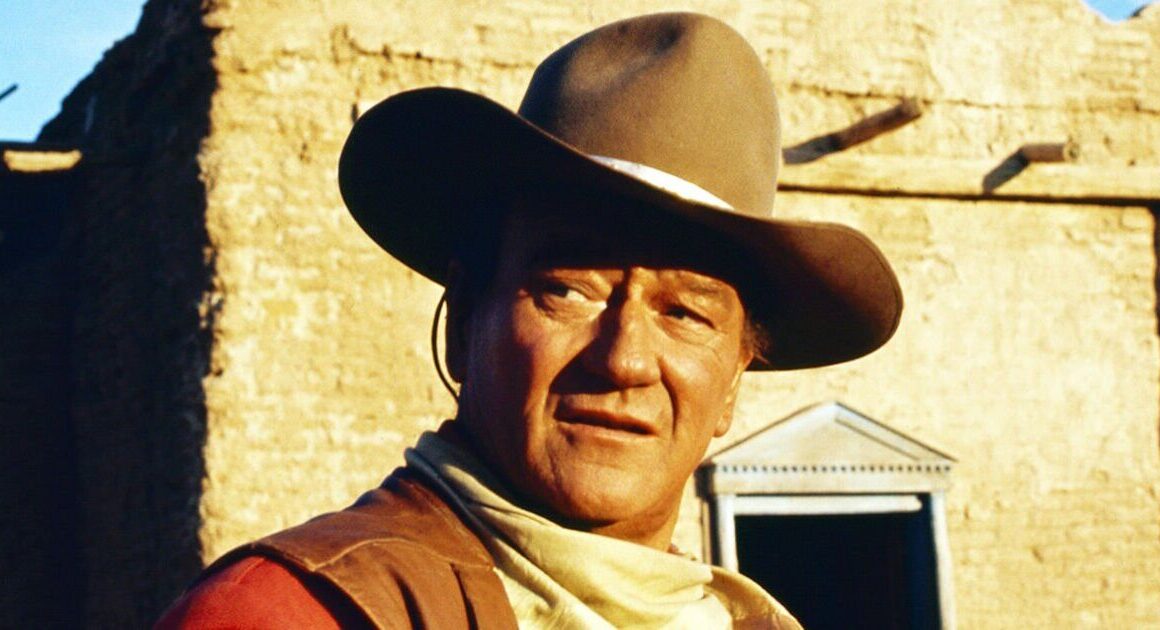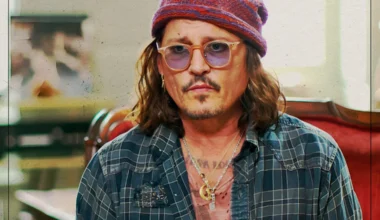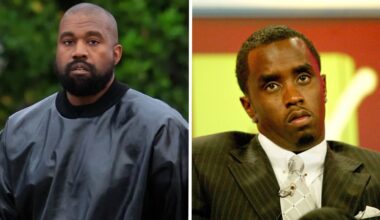The relationship between John Ford and John Wayne was as legendary as the films they created together. Ford was more than just Wayne’s director—he was his mentor, his tormentor, and the man who shaped him into a cinematic icon. After their collaboration on Fort Apache, the first installment of Ford’s Cavalry Trilogy, Wayne saddled up once more for She Wore a Yellow Ribbon (1949), a film that would become one of his most celebrated performances.
With a then-staggering $1.6 million budget, the production was one of the most ambitious Westerns Hollywood had ever attempted. But the investment paid off. Wayne’s portrayal of Captain Nathan Brittles—an aging cavalry officer grappling with duty and the passage of time—remains one of his most nuanced roles. Even Ford, notorious for pushing Wayne to his limits, acknowledged his growth. As filming wrapped, the director presented the actor with a cake inscribed with a backhanded but significant compliment: “You’re an actor now.”
Monument Valley: More Than Just a Backdrop
Ford and Wayne returned to their beloved Monument Valley to bring She Wore a Yellow Ribbon to life. The film’s breathtaking cinematography, inspired by the cowboy paintings of Frederic Remington, immortalized the American West as the quintessential landscape of cinematic myth. The sweeping vistas, sun-scorched plains, and towering rock formations weren’t just scenery—they were characters in their own right, shaping the story’s tone and reinforcing its themes of duty, honor, and the fading frontier.
Yet, for all its visual beauty, the real drama of She Wore a Yellow Ribbon unfolded behind the scenes, in a showdown as intense as any in the script.
Ford vs. Hoch: The Storm That Made Film History
Midway through filming, Ford and cinematographer Winton Hoch found themselves in a heated dispute—one that would shape the film’s legacy. Hoch, known for his meticulous approach, had already clashed with Ford throughout the shoot. But the real battle erupted when an actual thunderstorm rolled across Monument Valley.
As lightning cracked through the sky, Hoch wanted to halt filming. The light was too low, the equipment was at risk, and capturing usable footage seemed impossible. But Ford saw something else—a once-in-a-lifetime cinematic moment unfolding before his eyes.
“Shoot the damn thing,” Ford commanded, ignoring Hoch’s protests.
The cinematographer reluctantly obeyed. And what they captured—streaks of lightning illuminating the cavalry against the storm-wracked sky—became one of the most breathtaking sequences in Western film history. It was so visually stunning that Hoch won the 1950 Academy Award for Best Cinematography. Ironically, the very scene he fought against became the highlight of his career.
A Softer Take on the Showdown
While Hollywood lore paints this moment as an all-out war between director and cinematographer, actor Harry Carey Jr. later offered a gentler version of events. According to him, Ford had wrapped for the day when he noticed the storm rolling in. Casually, he turned to Hoch and asked, “Think we can get a shot?”
Hoch, ever the professional, responded honestly: “It’s awfully dark, Jack. I’ll shoot it. I just can’t promise anything.”
Ford’s reply was simple but decisive: “Winnie, open her up and let’s go for it. If it doesn’t turn out, I’ll take the rap.”
It did turn out. And in the process, it became part of Hollywood history—a testament to Ford’s vision, Hoch’s skill, and the unpredictable magic of filmmaking.
A Film, A Legacy, and a Moment That Endures
She Wore a Yellow Ribbon is more than just a Western—it’s a masterclass in visual storytelling, a showcase of Wayne’s evolving talent, and a symbol of Ford’s unrelenting pursuit of cinematic greatness. The storm that nearly halted production instead became the defining moment of the film, a striking reminder that sometimes, the best shots are the ones you never planned for.
Even now, decades later, when we think of the great Westerns, we think of those sweeping Monument Valley landscapes, of John Wayne standing tall, and of that fateful storm—a moment of pure, unscripted magic, forever captured on film.






